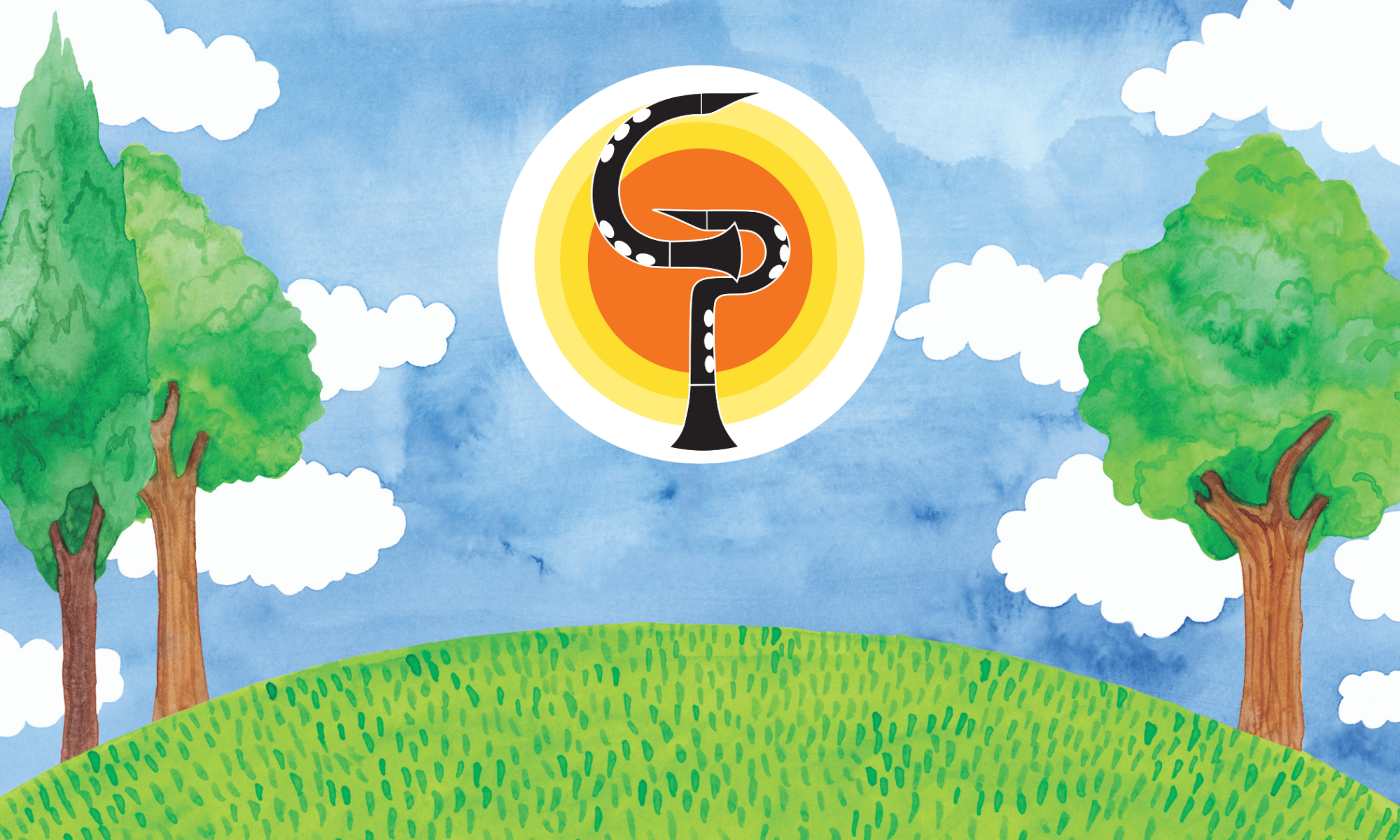How you use your air can greatly influence many aspects of your musical presentation including sound quality, tone color variety, connections, flexibility, projection, and dynamic range.
For general air usage, aim for a fast and condensed air stream combined with an open and relaxed oral cavity. Of course, the expulsion of air includes inhalation. While playing an instrument, it is important to breathe in through your mouth. Breathing through the nose is generally slower and could be interrupted by congestion issues, etc. Breathing through the mouth allows you to take in the largest quantity of air in the least amount of time. Form the embouchure around the mouthpiece and then breathe in while releasing the sides of your lips from the mouthpiece. Reform the seal around the mouthpiece as you prepare to blow.
The inward breath needs to be natural and relaxed – similar to how it feels when you are sleeping (watch a baby sleeping). A low and quiet
breath is the result of an open and relaxed feeling. You will hear very little noise from a quiet inhalation. A loud breath is often the result of a tight feeling in the chest and the breath will be high pitched and noticeably audible. As you take in your breath, imagine drawing the air from beneath you. Fill up your lungs from the bottom to the top while allowing your abdomen to expand before your chest.
Once you have filled up with air, be prepared to blow immediately (avoid holding your breath and activating the coughing
muscles). Think of blowing down and out and engaging your core or abdominal area while blowing. If you are doing it correctly, your abdominal area will expand and be stable. Imagine that your body expands out and holds its position like a large tree trunk. If you collapse inward as you blow out, then you are “deflating” and will likely struggle with many areas in your playing. It is also important to keep the oral cavity open and relaxed in the back of your throat while maintaining a narrow opening at the lips. Visualize a light bulb in your mouth with the large part towards the back of your throat and the small part at your lips. With this approach, you will be able to blow a stream of fast, concentrated air free from tension in the neck or throat. As you become more accustomed to this idea, apply it to the instrument.



